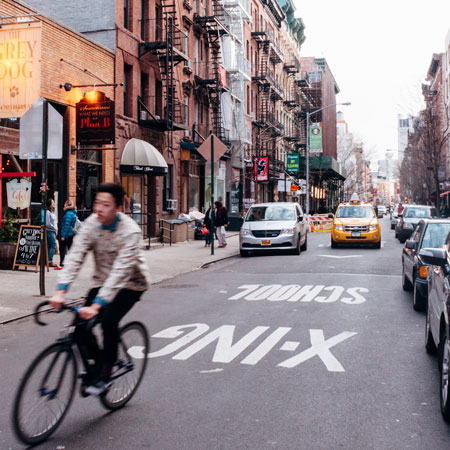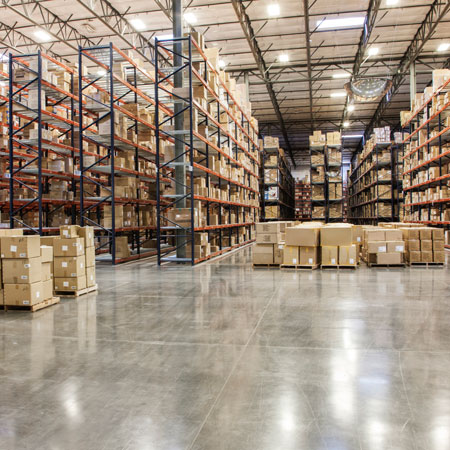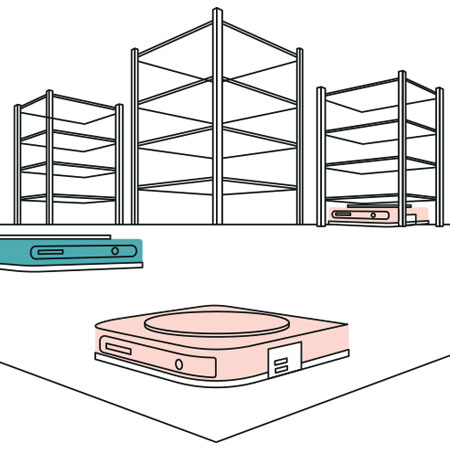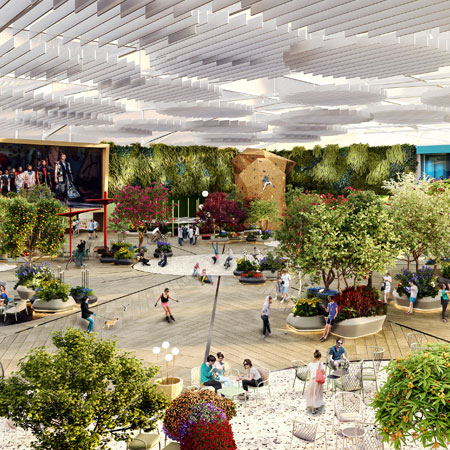The stresses of modern life can often make us feel as though we don’t have enough free time. So, it’s no surprise that when it comes to leisure activities, consumers are becoming more demanding.
Demographic, cultural, economic and technological changes are all driving massive shifts in how we spend our time and money. The trend is cross-generational, but it is millennials who really embody the movement, prioritising experiential activities such as holidays, dining out and socialising over spending on products.
This shift in consumer behaviour is disrupting the nature of destinations centred on retail, challenging owners and operators to identify new leisure concepts that can add value to mixed-use locations. While there is still demand for traditional leisure such as food and beverage (F&B), fitness and cinema, technology is leading the way with new concepts such as virtual reality (VR), esports and interactive museums.
Tracking private equity and venture capital funding through data provider PitchBook shows these new concepts are emerging fast. Since 2013, F&B funding has remained significant at £58.2 billion, but is slowing. Fitness-based leisure has raised £31.8 billion.
However, the major increase has been for emerging leisure concepts that are now making the transition to physical spaces. This sector has attracted funding of £19.8 billion since 2013.
For shopping centre landlords in the US, Europe and Asia, this wave of expansion has seen the traditional retail anchor replaced with new leisure concepts. These exciting ideas are drawing people in, and landlords are recognising the need to invest more in leisure to create a point of destination for their centres.
Activities that might once have sat on the edge of towns are now being brought to urban locations. One fast-emerging trend is competitive socialising. Here, interest in ventures such as urban golf, escape rooms, table tennis, darts and traditional arcade games is reflecting consumers’ interest in combining social activities with eating and drinking. Take crazy golf. The concept of indoor golf with craft beer, cocktails and good food is proving a successful model from Swingers in London, Urban Putt in San Francisco to Holey Moley in Melbourne.
Most exciting, though, are the technology concepts, such as immersive VR experiences. For landlords, these are an opportunity to bring in smaller experimental brands that may not require a large upfront capital outlay or huge amount of space.
One company taking this to the next level is The Rec Room in Canada, which combines VR and simulators with F&B and traditional arcade games. “The retail landscape is evolving, and tenants such as The Rec Room are a perfect example of how major retailers are staying relevant and active in the Canadian marketplace,” says Jay Katzeff, Corporate Retail Estate Consultant, Retail Services Canada, Savills. “With the recent closures of Sears, Target and now Home Outfitters, landlords are looking to destination-focused entertainment uses to fill their vacancies.”
Hero Entertainment, a Chinese esports operator, recently signed a £220 million deal with K11 Malls in China to run nine sites within its centres. “Landlords want to engage young Chinese consumers through interactive experiences as they now need to work even harder to attract people to spend in their malls,” says Joey Chio, Senior Director and Head of Retail Tenant Representation, Savills China. “Gaming has always been big in Asia and finally there will be a venue to host them.”
But ideas are not restricted to gaming. Tech studio teamLab has created a digital art museum in Tokyo that provides an immersive and interactive art experience in a 3D setting of 10,000 sq m. Visitors touch and follow the exhibits, which react and flow constantly.
Immersive digital art has also arrived in Paris. Operated by Culturespaces, Atelier des Lumières features huge multisensory projections of famous works. A similar site has opened in South Korea, and a third is planned for the US.
Other public uses are also proving to be strong anchors. In Seoul, the COEX Mall has a 30,000 sq ft library, while Citycon’s Kista Galleria in Stockholm houses the country’s second-largest public library.
While different offers are growing, the leisure space is still challenging. Many concepts are untested and their longevity may be in question. Fit-out often dictates long leases to justify the cost, which could leave landlords with a unit with dwindling visitor appeal. However, this could also make them more creative in their leasing strategy, seeking greater flexibility
through turnover structures and joint ventures with operators.
Whichever concepts landlords choose, technology will play a greater role. As ever, consumers will be voting with their feet.




